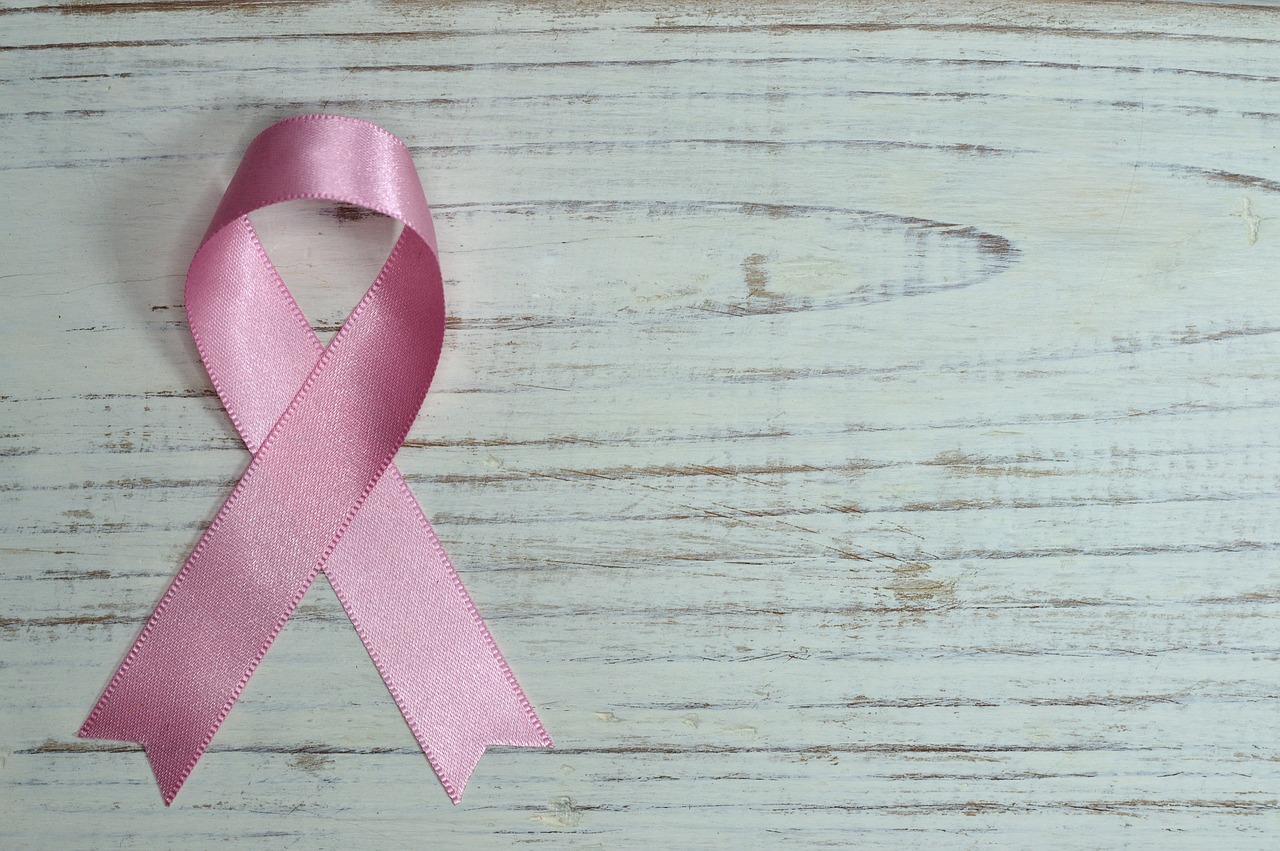Cervical cancer is unique to women and often occurs in those who are over the age of 30. Each year, there are over 12,000 diagnoses of cervical cancer in the United States. Perhaps the most frequent cause of its development is when an individual has human papillomavirus (HPV), a sexually transmitted virus which often possesses no symptoms. It is estimated roughly 4,500 women die of cervical cancer each year in the United States, making it one of the rarest forms of fatal cancer. There are several factors that contribute to its overall rarity, including better medical prevention and the early detection of symptoms.
Cervical Cancer Symptoms: What Are the Early Signs?
Like several other forms of cancer, cervical cancer does not cause serious signs in the early stages. The lack of symptoms makes regular screenings important as they can help doctors detect precancerous cells and stop tumors from developing.
A few cervical cancer symptoms include:
- Vaginal Bleeding
- Bleeding between Periods
- Post-Menopausal Bleeding
- Bleeding after Sex
- Pelvic Pain
- Unusual Vaginal Discharge
Unusual vaginal discharge can vary significantly. Sometimes it is watery, while other times it will be pink or have a foul odor.
Because many of the early signs of cervical cancer are indicative of other issues, it is important to see a doctor like a gynecologist to have a thorough vaginal exam. Women should not allow these symptoms to go on for any length of time.
Late Stage Cervical Cancer Symptoms
When in its late stages, cervical cancer creates more noticeable symptoms. These signs are often caused by the cancer metastasizing, or spreading, to other parts of the abdomen. It can affect lymph nodes as well as the organs. Some of the late stage symptoms include:
- Weight Loss
- Fatigue
- Back Pain
- Leg Pain or Swelling
- Leakage of Urine or Feces from the Vagina
- Bone Fractures
How Do Doctors Check for Cervical Cancer?
When you visit a gynecologist or similar professional, the doctor will perform a test called a Pap smear. For this test, the doctor will use a small cotton swab and take several sample cells from the cervix to test. The Pap smear is capable of identifying precancerous cells as well as cancerous ones, making it an essential test.
Ever since doctors have increased cervical cancer awareness and started performing Pap smears on a regular basis, the rates of cervical cancer in the United States have been reduced. This is because the doctor can recommend notable behavioral changes and remove any dangerous tumors or lumps before the cells have a chance to spread.
Who Is at Risk?
Cervical cancer solely affects women because men do not possess a cervix. The average age of diagnosis is 50, but the majority of women who have cancer are diagnosed between the ages of 34 and 44. Anyone who has HPV is more likely to develop cervical cancer, as are women who have given birth to one or more children.
There is also a racial element. After conducting numerous studies, medical scholars have noted Hispanic women are most likely to develop this cancer, followed by African Americans, American Indians, Alaskan Natives, and White Europeans. Asians and Pacific Islanders are less likely to have cervical cancer.
Conclusion
It is important to receive check-ups of the cervix and entire reproductive system on a regular basis because the early signs of cervical cancer can often be mistaken for other underlying problems. Once the cancer has advanced to the later stages, the irregular cells can spread and cause serious issues like bone fractures or urine and feces leaking from the vagina.
If you experience any of these symptoms, see a doctor as soon as possible.

